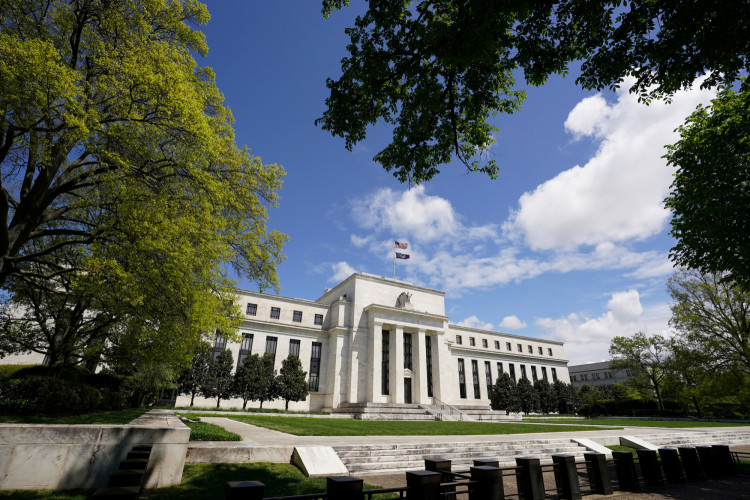This Thursday, on July 27, the U.S. Federal Reserve (Fed) is set to announce the Federal Open Market Committee (FOMC) interest rate decision for July. On Monday, Nick Timiraos, a reporter for the Wall Street Journal-often referred to as the "new Federal Reserve wire service"-penned an article suggesting that, given the uncertainty of inflation trends, it's difficult to predict the Fed's next move following Thursday's expected rate hike.
The inflation data released on July 10 showed that the U.S. Consumer Price Index (CPI) increased by 3% year-on-year in June, lower than the anticipated 3.1% and the lowest since March 2021. The core CPI, excluding food and energy, increased by 4.8% year-on-year, lower than the expected 5% and the lowest since October 2021. This lower-than-expected inflation rate has led many market participants to believe that the cycle of rate hikes is nearing its end.
According to Timiraos, the Fed is expected to raise interest rates by 25 basis points at this meeting. However, some Fed officials and economists fear that the current easing of inflation may be temporary and that potential price pressures may persist, necessitating a higher interest rate maintained for a longer period.
These observers believe that the economy lacks slack, and demand is too strong to reasonably believe that the inflation rate will return to the Fed's 2% target in the next few years. They do not share the recent optimistic investor view that inflation can continue to ease without the economy entering a recession.
Many economists are particularly worried about robust wage growth. They believe that without an economic recession, a tight labor market will drive up the core inflation rate next year.
According to the Employment Cost Index from the U.S. Department of Labor, wages and salaries grew 5% year-on-year from January to March. This index is the most comprehensive measure of wage growth and one of the data points the Fed is most interested in. The data for the second quarter will be released on July 28.
Fed officials might believe that, assuming productivity grows at 1% to 1.5% annually, the ideal annual wage growth would be around 3.5%, based on a 2% to 2.5% inflation target.
Timiraos cited former Boston Fed President Eric Rosengren who suggested that in a hot labor market, American workers may be unwilling to accept lower wage increases and might instead seek to switch jobs.
Additionally, Harvard economist Karen Dynan told Timiraos that historically, investor predictions of a rapid fall in inflation based on individual signs have often been wishful thinking.
She explained that in 2021, when inflation began to surge, some economists overlooked the strong underlying demand, thinking this was a temporary phenomenon. The facts proved that inflation pressure never really eased.
Morgan Stanley's chief global economist, Seth Carpenter, also pointed out that when inflation slows for certain categories of goods, easing pressure on disposable income, consumers will buy other goods, possibly leading to further inflation.
Moreover, some economists believe that a continuously cooling U.S. economy will slow inflation, leading to an increase in real interest rates adjusted for inflation. Even if this week's rate hike is the last in the current tightening cycle, it could still have unnecessary negative effects on the economy.
UBS Chief U.S. Economist Jonathan Pingle believes there is ample evidence that the labor market is cooling down, such as the increasing time unemployed workers need to find new jobs, and the slowdown in the growth of working hours for private sector employees, in sync with the number of unfilled jobs.
In the first half of this year, the number of monthly hirings in the private sector dropped to an average of 215,000 positions from 317,000 in the second half of 2022 and 436,000 in the first half of 2022.
Pingle told Timiraos that if the job market can steadily add 20 positions each month, the Fed would have a reason to maintain high interest rates for a long time. However, if job growth continues to slow while cooling inflation pushes up real interest rates, it could cause unnecessary damage to the U.S. economy.






